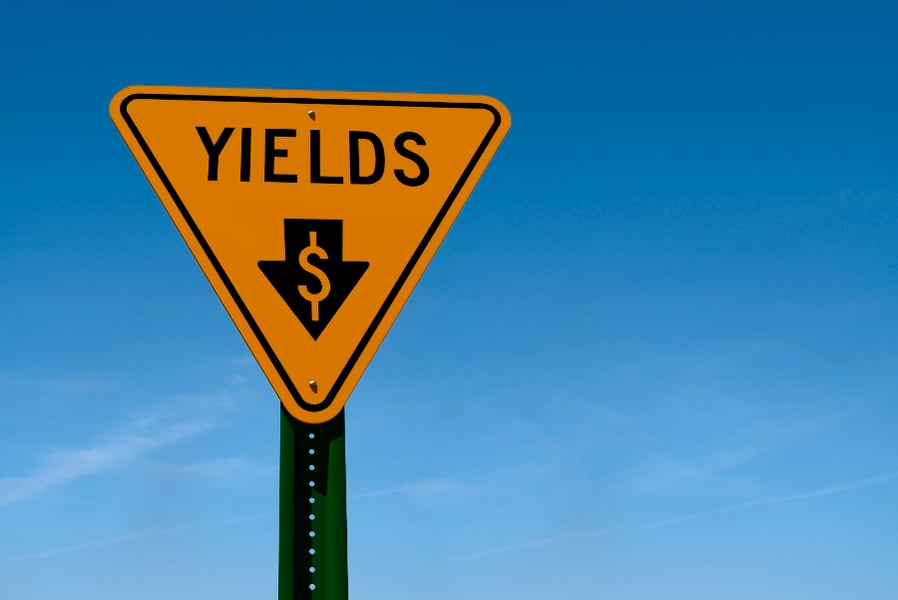Investment-grade bond index has best start to year since 1997.
The rush into government bonds during 2016 shows no sign of reversing as a weakening global economic outlook fuels demand for perceived havens.
German 10-year bonds headed for a third weekly gain, pushing the yield close to zero, while gains by Japanese and Swiss securities with similar due dates drove their already-negative yields to new all-time lows. Demand for Treasuries kept yields near their lows since February, when investors were unnerved by a selloff in emerging markets.
Bonds are off to their best start to a year since at least 1997, according to a broad global gauge of investment-grade debt that has gained 4.6% since the end of December, based on Bank of America Corp. data. They rallied most recently after the weakest U.S. payrolls data in almost six years was reported June 3, damping expectations the Federal Reserve will raise interest rates in the next few months.
At the same time, polls indicate Britain's vote on remaining or exiting the European Union is too close to call. Billionaire investor George Soros was said to be concerned large market shifts may be at hand.
“The environment is fundamentally supportive of these low yields, and there is nothing in sight, at least in the short term, that could trigger a trend reversal,” said Marius Daheim, a senior rates strategist at SEB AB in Frankfurt. “The labor market report was one thing which has driven the Treasury market and has supported other markets. If you look in the euro zone, you have Brexit risks that have risen recently, and that is also creating safe-haven flows.”
The World Bank this week cut its outlook for global growth as business spending sags in advanced economies including the U.S., while commodity exporters in emerging markets struggle to adjust to low prices.
The yield on the Bloomberg Global Developed Sovereign Bond Index dropped to a record 0.601 percent Thursday.
The yield on Germany's 10-year bund was little changed at 0.03% as of 7:50 a.m. in New York, after earlier dropping to 0.02%, the lowest since Bloomberg started collecting the data in 1989. The yield has declined four basis points, or 0.04 percentage point, this week. The price of the 0.5% security due in February 2026 was 104.55% of face value.
Japan's 10-year bond yield fell 2 1/2 basis points to minus 0.15% and earlier touched a record low minus 0.155%, according to data from Japan Bond Trading Co. Yields on U.S. Treasury 10-year notes declined three basis points to 1.66% and earlier touched 1.65%, the lowest since February.
The main driver of the recent rally is nervousness before the U.K. referendum on June 23, said Masashi Murata, a vice president at Brown Brothers Harriman & Co. in Tokyo. The result, which is too close to call based on opinion polls, may splinter the European Union.
This week's rally in developed-market bonds pushed the U.K. 10-year gilt yield down to record Thursday. These yields “can't be justified by jobs data which are one week old,” Mr. Murata said. “It's because of Brexit risk. People are uncertain of the outcome so people are buying bonds. It's risk off.”







